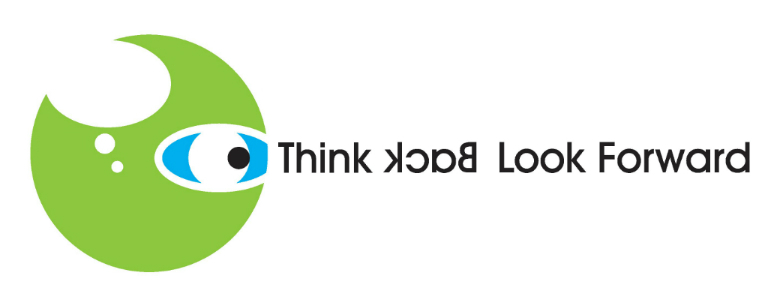There are a lot of myths and occasional bad press about what coaching is and what it isn’t – It’s time to challenge!
Coaching is not just a cosy chat
Coaching has teeth and a sense of purpose. It challenges the coachee to think about their desired state, to compare it to the current reality and then plan real life actions that will move them forward towards. It is not about sympathy or a sticking plaster, it is an A to B journey from where you are to where you want to be.
Coaching is not advice giving
A trained coach is very unlikely to offer you direct advice. If they do they are acting more as a mentor than a coach. Mentors have valuable experience that they can share with others, advice and tips that will help others learn the ropes. Coaching is non directive and relies on the coaches skills of listening and questioning to allow coaches to uncover their own next steps
Coaching is not therapy
Coaching starts from a position of strength. It says that all of us have within us the ability and skill to develop and grow. It is not a deficit model. People don’t have coaching because there is something wrong with them, they have to help them improve and build on their current performance so that they can be better. Coaching does encourage us to think back but only so that we can Look Forward. It’s what’s next that’s really important, not what has gone before. Coaching is not about fixing it’s about improving performance.
To find out more about what coaching can do for you please see ‘what’s on offer’ or use the ‘contact us’ page.

